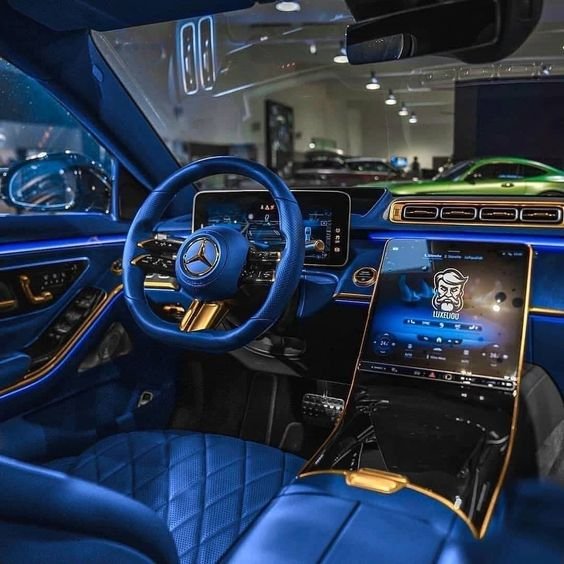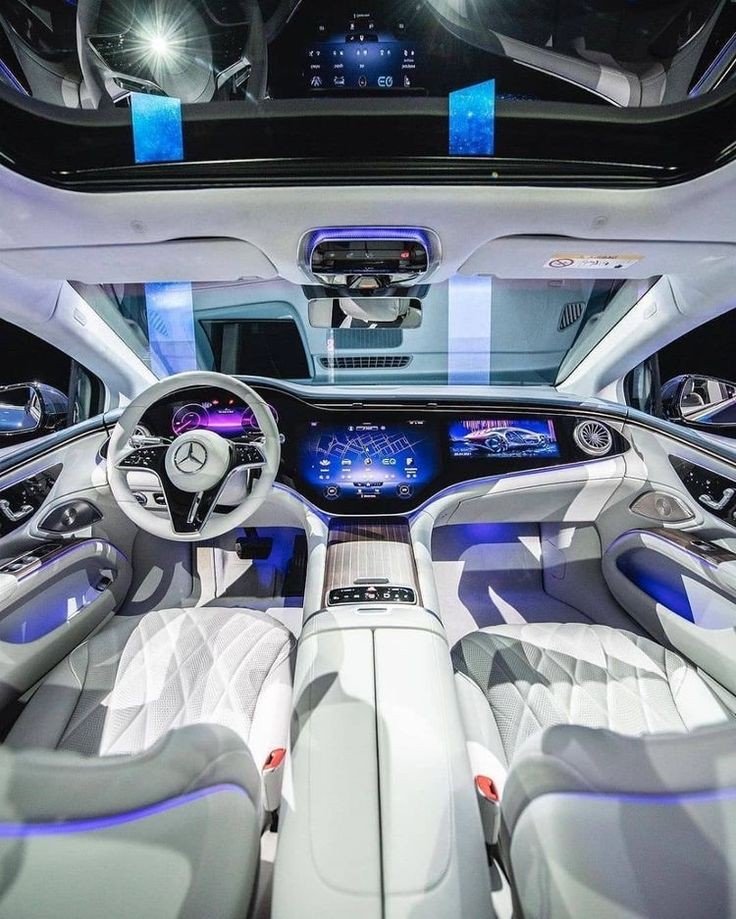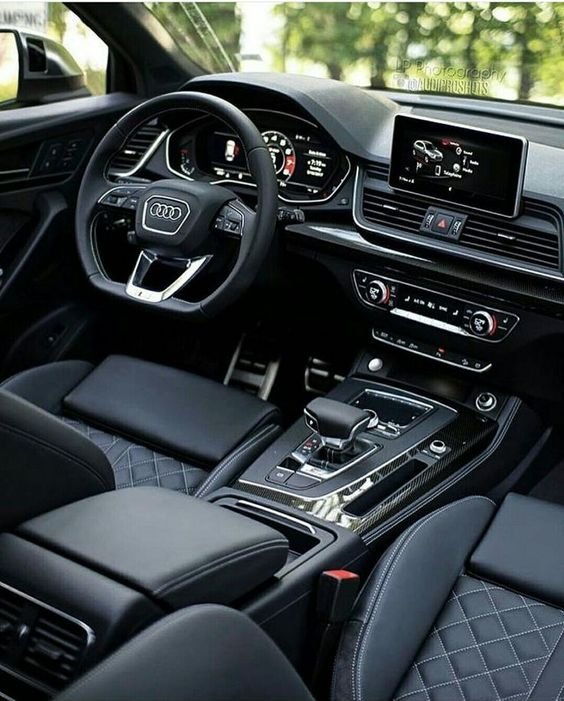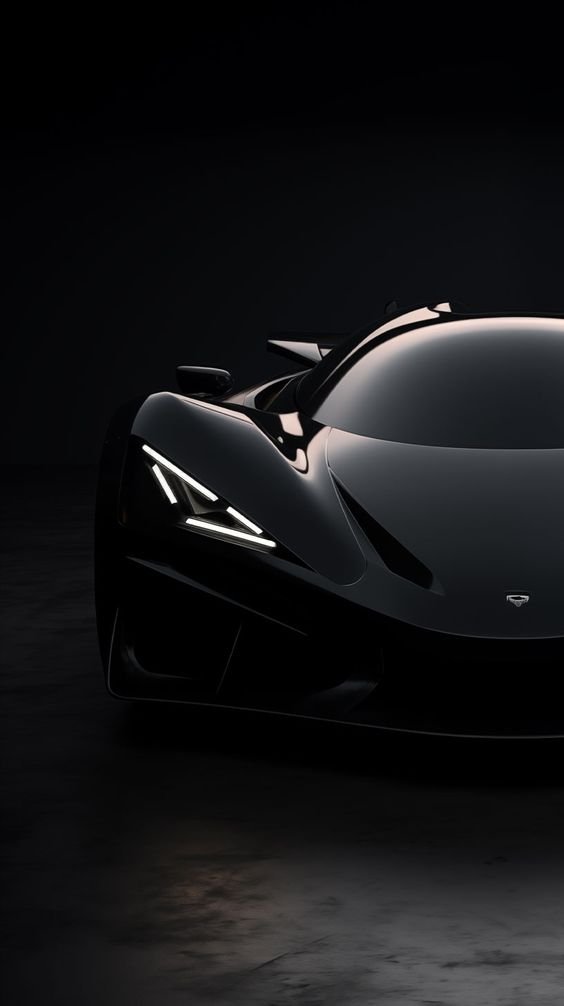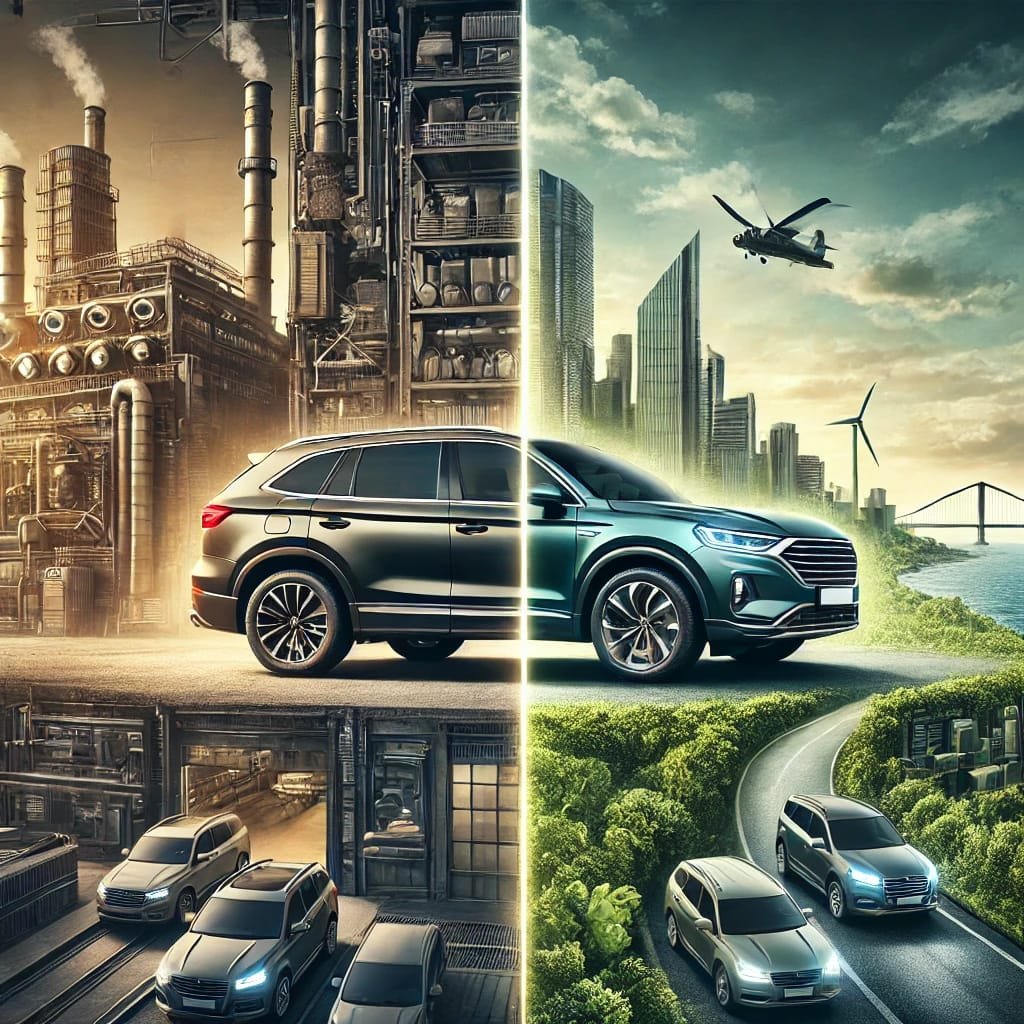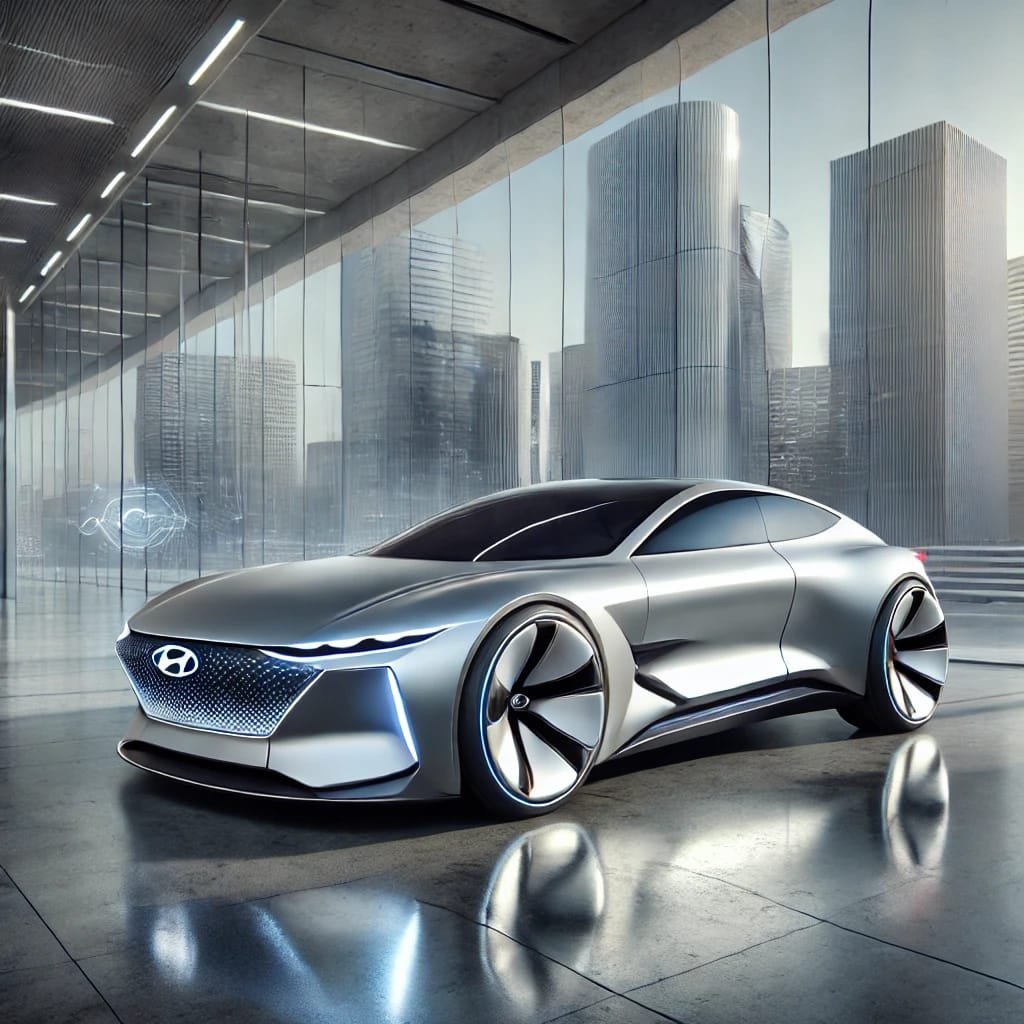
MG Motor, originally known as Morris Garages, is an iconic British automotive marque that has left an indelible mark on the global automotive industry. From its origins in the early 20th century as a producer of sporty and affordable cars, MG has evolved into a modern, globally recognized brand under the ownership of China’s SAIC Motor Corporation. This article delves into the rich history of MG Motor, its journey through different ownerships, its current resurgence, and its vision for the future.
The Origins of MG Motor
MG Motor’s story began in the 1920s when Cecil Kimber, a motor engineer working for Morris Garages in Oxford, England, started modifying standard Morris cars to create sportier, more stylish vehicles. These modified cars, which were initially marketed as special editions, quickly gained popularity for their performance and design, leading to the formal establishment of the MG brand in 1924.
The Early Years: 1924-1939
The early MG cars were lightweight, two-seater sports cars that offered an exhilarating driving experience at an affordable price. The MG 14/28, introduced in 1924, was the first car to bear the MG badge and was soon followed by models like the MG Midget, which became a symbol of British motoring enthusiasm.
MG’s reputation for building sporty, well-engineered cars grew rapidly, and the brand began to attract a loyal following. During the 1930s, MG expanded its lineup with models like the MG Magnette, MG K3, and MG TA, each contributing to the brand’s growing legacy in motorsports and road cars alike.
The pre-war period also saw MG achieving success in various motorsport events, including the famous Mille Miglia and Le Mans. These achievements cemented MG’s reputation as a manufacturer of cars that were not only affordable but also capable of competing against more expensive and established brands.
Post-War Expansion and Challenges: 1945-1980
After World War II, MG resumed car production and continued to build on its legacy of sporty, accessible vehicles. The MG TC, introduced in 1945, was particularly significant as it became the first MG to be widely exported to the United States, where it helped spark the post-war American sports car craze.
The Golden Era: 1950s and 1960s
The 1950s and 1960s are often regarded as the golden era for MG Motor. During this time, the brand introduced some of its most iconic models, including the MG TD, MG TF, and the legendary MG MGA and MGB. The MGB, in particular, became one of the best-selling sports cars of all time, thanks to its combination of performance, style, and affordability.
MG’s success during this period was not limited to road cars; the brand continued to compete in motorsport, achieving notable victories in events such as the Monte Carlo Rally and the 24 Hours of Le Mans. The MG A, introduced in 1955, was a pivotal model that marked a departure from the more traditional designs of earlier MGs, offering a more modern, streamlined look that appealed to a new generation of drivers.
The British Leyland Era and Decline: 1970s
However, the 1970s brought significant challenges for MG Motor. In 1968, the brand became part of British Leyland, a large automotive conglomerate formed through the merger of several British car manufacturers. The creation of British Leyland was intended to consolidate the British automotive industry and make it more competitive against international rivals, but the reality was far more complicated.
Under British Leyland, MG struggled with a lack of investment, management challenges, and industrial unrest. The 1970s also saw the introduction of stricter safety and emissions regulations, particularly in the United States, which impacted the performance and appeal of MG’s cars. Despite the introduction of models like the MGB GT and the MG Midget 1500, the brand’s fortunes began to decline, and by the end of the decade, MG was struggling to maintain its relevance in a rapidly changing automotive market.
The 1980s and 1990s: Challenges and Dormancy
The 1980s were a turbulent time for MG Motor. British Leyland, rebranded as the Austin Rover Group, decided to phase out the MG brand in 1980, citing declining sales and profitability. The closure of the Abingdon factory, where MG cars had been produced since the 1930s, marked the end of an era, and for several years, the MG nameplate was relegated to badge-engineered versions of other Austin Rover models, such as the MG Metro, MG Maestro, and MG Montego.
These models, while successful in the UK, did not capture the same spirit or international appeal as the classic MG sports cars. The brand’s identity as a maker of affordable sports cars was diluted, and MG struggled to maintain its market position.
The Revival under BMW and the Phoenix Consortium: 1990s to 2000s
In 1994, the MG brand received a lifeline when BMW acquired the Rover Group, which included MG. Under BMW’s ownership, there were attempts to revive the MG brand’s sports car heritage. This led to the development of the MG F, a mid-engined, two-seater roadster introduced in 1995. The MG F was well-received and marked a return to the brand’s roots, offering an affordable, fun-to-drive sports car that appealed to both traditional MG enthusiasts and a new generation of drivers.
However, BMW’s ownership of MG was short-lived. In 2000, BMW decided to sell off the Rover Group, including MG, to the Phoenix Consortium, a group of British businessmen who formed MG Rover Group. The Phoenix era saw the introduction of several new models, including the MG ZR, MG ZS, and MG ZT, which were sporty variants of existing Rover models.
Despite these efforts, the MG Rover Group faced significant financial challenges and struggled to compete in a globalized automotive market. In 2005, MG Rover collapsed, marking another low point in the history of the MG brand.
The SAIC Era: MG Motor’s Modern Revival
The modern revival of MG Motor began in 2005 when the Nanjing Automobile Corporation (NAC) of China acquired the assets of MG Rover. NAC later merged with Shanghai Automotive Industry Corporation (SAIC), one of China’s largest automotive manufacturers, and the MG brand was relaunched under the ownership of SAIC Motor Corporation.
A New Beginning: 2010s
Under SAIC’s ownership, MG underwent a significant transformation. The brand was reimagined as a global automotive player, with a focus on developing modern, technologically advanced vehicles that could compete in international markets. The MG6, introduced in 2010, was the first new MG model under SAIC, marking the brand’s return to the global stage.
SAIC invested heavily in reviving the MG brand, establishing new production facilities in China and the UK, and expanding its research and development capabilities. The brand’s lineup was expanded to include a range of models, from compact cars like the MG3 to SUVs like the MG Hector and MG ZS.
MG’s design language also evolved under SAIC, with a focus on creating stylish, contemporary vehicles that appealed to a broad audience. The brand’s marketing strategy emphasized its British heritage, blending it with modern Chinese manufacturing capabilities to create a unique value proposition.
The Global Expansion of MG Motor
In the years following its revival, MG Motor expanded its presence in several key markets, including Europe, Asia, and Latin America. The brand’s success in these regions was driven by its ability to offer affordable, well-equipped vehicles that catered to the needs of modern consumers.
One of the most significant markets for MG Motor in recent years has been India, where the brand has made a strong impact with models like the MG Hector and MG ZS EV. The MG Hector, launched in 2019, was particularly noteworthy for its advanced features, including a large touchscreen infotainment system, connected car technology, and a spacious interior. The Hector’s success in India helped establish MG as a serious contender in the competitive Indian automotive market.
MG Motor’s foray into the electric vehicle (EV) market has also been a key part of its global strategy. The MG ZS EV, introduced in several markets including the UK and India, has been well-received for its affordability, range, and practicality. As governments around the world push for greater adoption of electric vehicles, MG’s early entry into this market positions it well for future growth.
MG Motor’s Current Lineup and Innovations
As of 2024, MG Motor’s lineup includes a diverse range of vehicles, from compact hatchbacks to midsize SUVs and electric vehicles. The brand’s commitment to innovation is evident in its focus on developing connected car technology, advanced safety features, and electrified powertrains.
Key Models in MG Motor’s Lineup
- MG Hector: The MG Hector is a midsize SUV that has gained popularity in markets like India and Latin America. It offers a range of petrol and diesel engines, as well as a mild-hybrid variant. The Hector is known for its spacious interior, advanced infotainment system, and robust safety features.
- MG ZS and ZS EV: The MG ZS is a compact SUV available in both petrol and electric variants. The ZS EV has been particularly successful in the UK and India, offering an affordable entry point into the electric vehicle market. It features a practical range, fast charging capabilities, and modern design.
- MG Gloster: The MG Gloster is a full-size SUV that serves as the flagship model in MG’s lineup. It offers a range of powerful engines, advanced driver assistance systems (ADAS), and a luxurious interior with premium materials and technology.
- MG Astor: The MG Astor is a compact SUV that features an AI-powered personal assistant, advanced safety features, and a range of connected car technologies. It is aimed at younger, tech-savvy consumers looking for a stylish and feature-rich vehicle.
- MG5 EV: The MG5 EV is one of the world’s first all-electric station wagons. It offers a practical and spacious design, making it an ideal choice for families looking for an affordable electric vehicle with ample cargo space.
Innovations and Technology
MG Motor has embraced the latest automotive technologies to enhance the driving experience and differentiate its vehicles in a competitive market. Some of the key innovations in MG’s current lineup include:
- Connected Car Technology: MG Motor has integrated advanced connected car features into many of its models, allowing drivers to control various aspects of their vehicle remotely via a smartphone app. This includes functions like remote start, climate control, geofencing, and real-time vehicle diagnostics.
- Advanced Driver Assistance Systems (ADAS): Safety is a priority for MG Motor, and many of its vehicles are equipped with ADAS features such as adaptive cruise control, lane-keeping assist, blind-spot monitoring, and automatic emergency braking. These systems enhance safety and reduce the risk of accidents.
- Electric and Hybrid Powertrains: MG has made significant strides in developing electric and hybrid vehicles. The MG ZS EV and MG5 EV are prime examples of the brand’s commitment to offering environmentally friendly vehicles with zero tailpipe emissions. The introduction of mild-hybrid technology in models like the MG Hector further underscores the brand’s focus on sustainability.
- AI and Voice Assistance: The MG Astor introduced AI-powered features, including a personal assistant that can interact with the driver through voice commands. This technology adds a layer of convenience and personalization, making the driving experience more intuitive and enjoyable.
MG Motor’s Vision for the Future
MG Motor’s resurgence under SAIC has been marked by a commitment to innovation, expansion into new markets, and a focus on sustainability. Looking ahead, the brand has ambitious plans to further strengthen its position as a global automotive player.
Expansion into New Markets
MG Motor continues to explore opportunities to expand its presence in new and emerging markets. The brand is focusing on regions where there is significant growth potential, such as Southeast Asia, Africa, and Latin America. By offering a range of vehicles that cater to different market segments and preferences, MG aims to increase its global footprint and build a loyal customer base.
Commitment to Electric Mobility
As the global automotive industry shifts towards electric mobility, MG Motor is positioning itself as a key player in this transition. The brand has set ambitious targets for increasing the proportion of electric vehicles in its lineup, with plans to introduce more EV models in the coming years. This includes expanding the range of the MG ZS EV and launching new electric vehicles in different segments.
MG Motor is also investing in the development of next-generation battery technology, charging infrastructure, and energy management solutions. By addressing the key challenges of EV adoption, such as range anxiety and charging convenience, MG aims to make electric mobility more accessible and appealing to consumers.
Focus on Autonomous Driving
Autonomous driving is another area where MG Motor is investing heavily. The brand is exploring advanced driver assistance systems (ADAS) and autonomous driving technologies that can enhance safety and convenience. MG’s vision includes the development of vehicles that can operate with minimal human intervention, making driving safer and more efficient.
Conclusion
MG Motor’s journey from its origins as a British sports car maker to its modern revival under SAIC is a testament to the brand’s resilience and ability to adapt to changing market conditions. With a rich history of innovation, a commitment to quality, and a focus on sustainability, MG Motor is well-positioned to thrive in the global automotive industry.
As the brand continues to expand its product lineup, enter new markets, and embrace the latest automotive technologies, MG Motor is poised to play a significant role in shaping the future of mobility. Whether through its electric vehicles, connected car technologies, or autonomous driving systems, MG Motor remains dedicated to delivering vehicles that meet the needs of modern consumers while staying true to its heritage of innovation and driving pleasure.
ALSO READ: 2024 Volkswagen ID.4 | The Future of Electric Mobility

